In the last decade or so, the capoeira community in Malaysia has grown by leaps and bounds. Local exponents say they’ve performed at everything from petrol station launches to studio production sets.
For a sport that has its roots in Afro-Brazilian slavery, it has certainly come a very long way, and its practitioners – known as capoeiristas – are growing in number and very passionate.
“Nine years ago, when I first came here to teach, people would say ‘Huh? Capoeira?’” said Cristiano Genuino Da Silva, an instructor at Capoeira Camara Malaysia, with a laugh.
“Now, people stop me , point at my (capoeira) t-shirt and say ‘Oh! You do capoeira!’ so I’d say that the sport is definitely progressing here.”
Visiting his studio to check out the weekend classes, it is clear that it’s a sport for people of all ages. There were adults, of course, but there were also children tumbling around adorably, climbing ropes and executing perfect backflips with very serious faces.
“It’s a lifestyle. It’s self-defence, but it’s also an art,” said student Ashwin Winson Ross, 17, who has been practising for four years now.
“It’s different from other martial arts. In capoeira, you learn to protect yourself but you also immerse yourself in Brazilian culture. I can even speak a bit of Portuguese now!” he added, before counting to 10 in (we assume) perfect Portuguese.
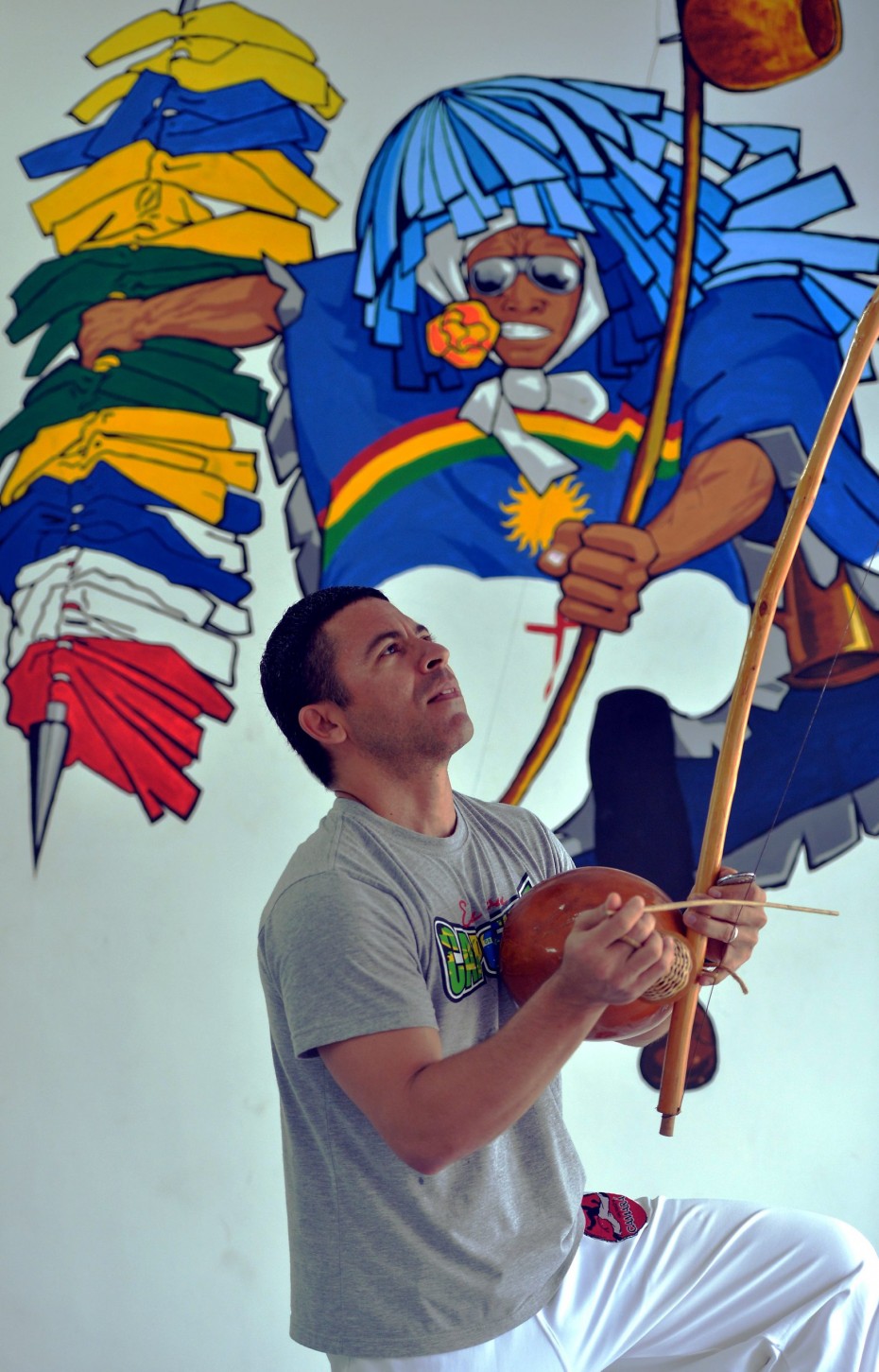
Cristiano demonstrates how to create capoeira’s haunting music using the traditional berimbau. The 40-year-old has been a capoeirista for 23 years, but his passion for the sport still burns strong. ― RAJA FAISAL HISHAN/The Star
Created in Brazil about 200 years ago by African slaves who needed an outlet to help them forget the harsh reality of life, it is said that capoeira’s fighting style stems from animals the slaves observed fighting in the jungle.
It has since evolved to combine martial art, dance and music, and is a fascinating sight to behold: Gravity-defying kicks, flips, and lunges are all gracefully executed to the blood-stirring beat of Afro-Brazilian music.
The legend goes that since slaves weren’t allowed to fight, they disguised it as a dance instead, giving this martial art its distinctive dance-like moves, known as ginga.
Considerable entertainment value aside, this is one martial art that can really pack a punch and its capoeiristas are a very committed bunch. And they have to be, because capoeira is way more difficult than it looks.
“It is possible to progress and go pro, but to become a capoeirista, you must be willing to practise every day,” said Kamalkhalid Kamarludin, 32, who’s training to be an instructor. He added that serious capoeiristas practise up to three hours a day.
He also recommended going to Brazil at least once to truly get a feel of what the sport is all about.
There are capoeira festivals there where you can learn new moves and hone your skills at the same time, he said.
But, while the word “commitment” might seem weighty to some, the capoeiristas don’t see it as a problem.
“Our studio, based in Kelana Jaya, is open after working hours, and people come over after a long day of work to practise, sweat out the tensions of the day and get together with friends for music and dance,” he said.
“This is the only sport where you can learn so many different arts at the same time.”
To find out more about capoeira in Malaysia, log onto capoeiracamaramalaysia.com, or call 016-971-1765.
For more about Hari Sukan Negara, check out harisukannegara.my.

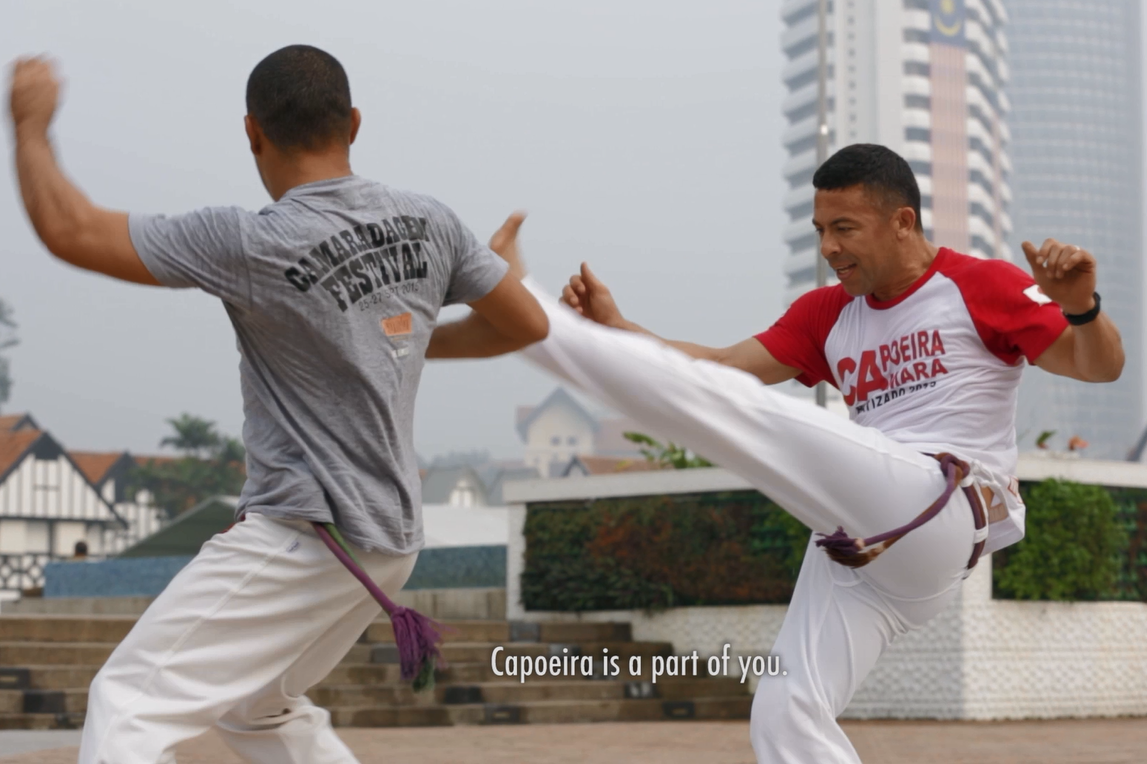
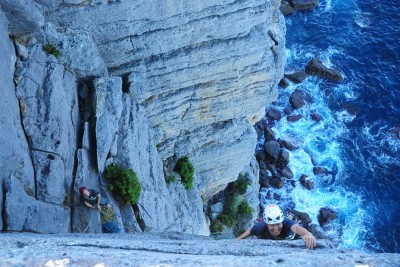
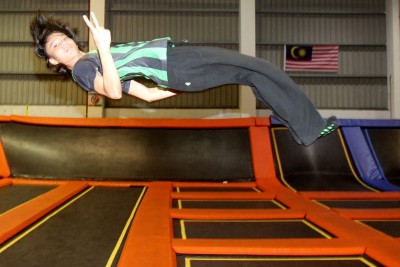
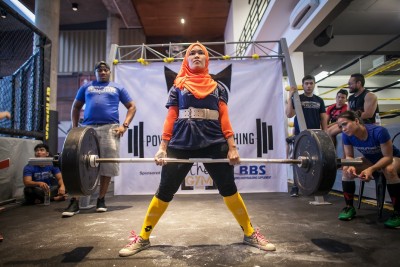
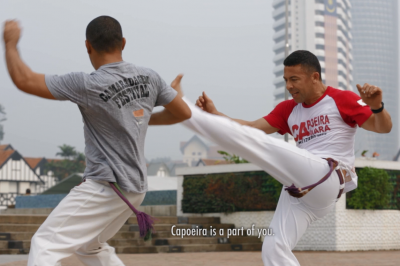
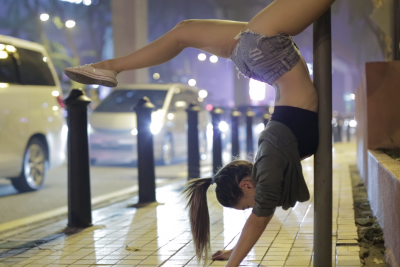
Tell us what you think!